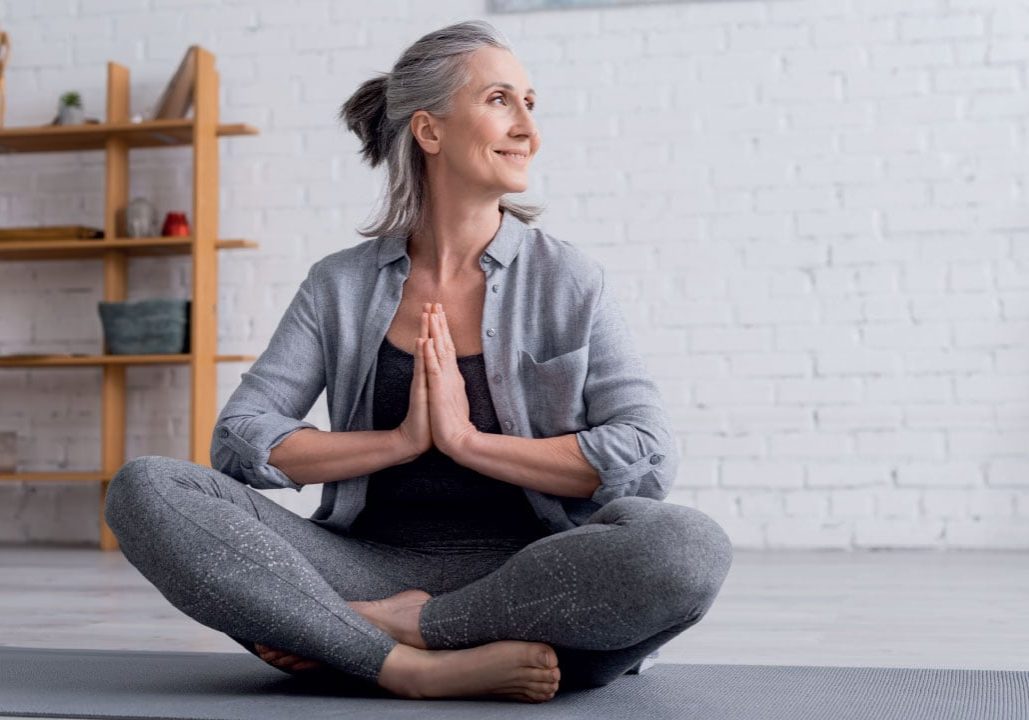
Yoga v Diabetes
Short bouts of yoga may help prevent diabetes, new study reveals
Reading time: 4 minutes
Three-minute bouts of yoga have been found to significantly lower blood glucose levels and reduce the risk of diabetes, a study from Glasgow Caledonian University has revealed.
The research carried out by a team of physiotherapists investigated the effects of breaking up sedentary behaviour with short bouts of yoga and tai-chi on glycaemic control, concentration and wellbeing in healthy individuals.
The study, which involved 15 adults aged 26-28, found that the effects of short bouts of yoga to break up the working day significantly lowers glucose levels to reduce the risk of diabetes without compromising concentration or wellbeing.
However, tai-chi did not provide the same significant effect on glucose levels but allowed better maintenance of concentration and wellbeing. The research concluded that these interventions provide effective ways to combat the harmful effects of prolonged sitting while maintaining concentration and wellbeing.
“Through this research, I want to make people aware that you can break up your sedentary time with things that are good for your mental and physical wellbeing, and to reduce the risk of diabetes,” said study lead author Alex Colvin.
“There has been a lot of research into the benefits of yoga and tai-chi, which show favourable effects, but this is the first research I am aware of that investigates the use of shorter three-minute bouts to break up a working day and shows results that this can help to reduce the risk of diabetes.”
The study, entitled Effects of Breaking Up Sedentary Behaviour With Short Bouts of Yoga and Tai-Chi on Glycemia, Concentration, and WellBeing, was published in the Journal of Physical Activity and Health, which is part of the Human Kinetics Journals.
“This is also good news for employers who dislike the use of physical activity to break up sedentary time because they have this misplaced perception that it will negatively impact on production — as we have found, it’s quite the opposite,” said Colvin. “We measured concentration and wellbeing throughout the study. Although there wasn’t a change with yoga and tai-chi, at least it didn’t get any worse, which disproves that doing these types of things is bad for worker productivity.”
Professor of health behaviour dynamics Sebastien Chastin, from the university’s School of Health and Life Sciences’ Research Centre for Health, highlighted the benefits of the research.
“Clearly we all spend far too much time sitting in the office or working from home. This shows that short bouts of yoga that can be done anytime during the day has the impact we expected… that it can be turned into one of the interventions or reduce the risk of diabetes.”
He added: “What’s also really important about this research is it demonstrates that it doesn’t reduce the productivity of workers. That’s always the worry of the bosses. Allowing them to have that time shows that it actually doesn’t reduce productivity at all, if anything it probably increases productivity so there’s not just a health incentive for the workers to do it but also for the employers to support that and implement it.”





